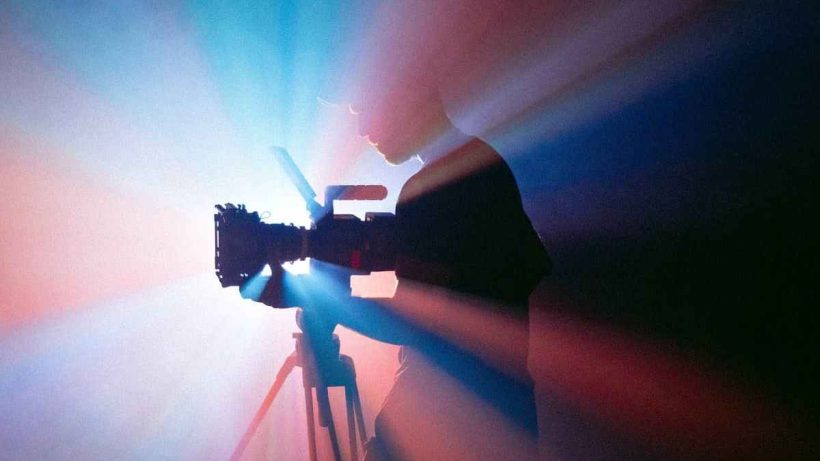I don’t need to tell you how extensive 3D animation has become, especially in modern movies and video games. 3D animation wins Oscars, it wins BAFTAS, and it helps sell millions of games by immersing players in game worlds.
But 3D animation and 3D art are even bigger than that. 3D modeling and rendering, for example, are incredibly useful tools for product designers and also for B2B sales and communications.
Despite how common it is, the tools and tech that make 3D art and animation possible in the first place are actually very complicated. It takes years of study just to fully understand one small part of the 3D animation process, so it’s unsurprising that animation studios, game studios, and corporate entities employ huge teams of artists and technicians to deliver industry-leading results.
My guest today, Tirumalaimuttu “Tiru” Shanmugam, is a 3D Technical Artist and Generalist for major game and movie projects, notably with Telltale Games, the creators of numerous well-received cinematic games.
Wanting to know more about the actual work of 3D animation, I reached out to Tiru for a brief interview.
The stories and tips he shared are definitely worth checking out, especially if you’re a youngster who wants to work in 3D animation.
I’d like to know what some of your favorite instances of CG rendering and animation are. First up, what has been your favorite project that you’ve worked on so far, specifically in terms of the results you were able to achieve?
Rigging, and especially skinning, is my favorite area, a basic step that usually results in great-looking skin movements.
I worked as a facial rigger for a movie called “The Witches”, released in 2020, and it was my favorite project so far in terms of how facial mesh deformation aids in achieving photorealism.
Aside from rigging, I like rendering that is both photorealistic and stylized.
Is there a specific game studio you really admire for its rendering and technical direction?
Telltale Games. I currently work here as a Technical Artist for a cinematic-based game. I feel our stylized visuals help this cinematic approach of storytelling for games. I admire how technical direction adapts to the choices made by the art team. Apart from Telltale, I love Firaxis’s work.
Likewise, among the major Hollywood animation studios, do you have a personal favorite or even a favorite recent movie?
For someone who entered the field of 3D Animation around early 2000, ILM and Weta Digital are undoubtedly inspiring. I am an admirer of “The Matrix Trilogy” created by John Gaeta and his team.
I never thought I would make a career in this field, but then I started exploring 3D animation after watching the movie “The Matrix Reloaded” right after my college days in India.
And on my list of favorite movies, King Kong (2005) stays on top.
Who are some of the other luminaries in your specialization? Are you often inspired by the work of other technical artists?
Jason Schleifer’s work inspired me to become a rigger, which in turn interested me in exploring other technical areas in the 3D domain. Recently, following Dokai and Freya Holmer, their prominent math implementation in 3D creation gives a different perspective towards problem-solving.
You’ve done a lot of work across multiple industries. Do you often get in touch with past coworkers? Do you network with other technical artists?
Honestly, I am making more friends as I move forward than getting in touch with past coworkers. We do get in touch for referrals, but we don’t speak much about the industry. But I follow them on LinkedIn to get updates on what they are up to.
This might be a tough question, but what do you see as your greatest advantage as a technical artist?
I used to be a rigging artist, but I was quite greedy to learn every domain of 3D animation, risking my existing specialization.
During my initial days as a Technical Artist, the basic to intermediate knowledge in every area helped me to understand what was happening under the hood and bridge the gap between different 3D domains, which I think has been my greatest advantage so far.
Thanks for speaking with us today. Is there anything you’d like to share before we wrap up?
It’s great to see how the world of 3D Animation has grown in the past 20 years. It has proven its significance, and not just in games and movies. Tech industries, architectural visualization, AI-related, AR/VR products, 3D prints, product explanatory videos, Synthetic Data Development, and Medical animation are a few other areas that appreciate the importance of 3D visualization.
It’s exciting to see how a product becomes compelling when artists and technicians collaborate. Last but not least, thanks for letting me share my viewpoint, and thanks again for discussing the technical side of 3D art.
Laila Azzahra is a professional writer and blogger that loves to write about technology, business, entertainment, science, and health.
